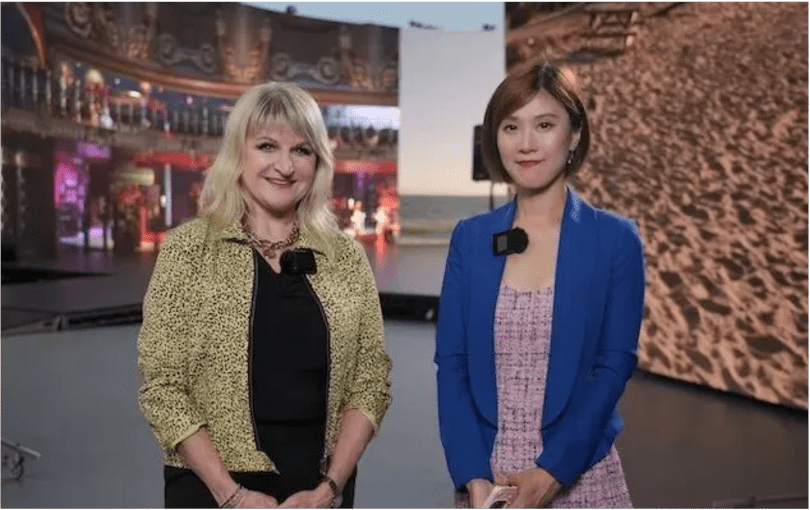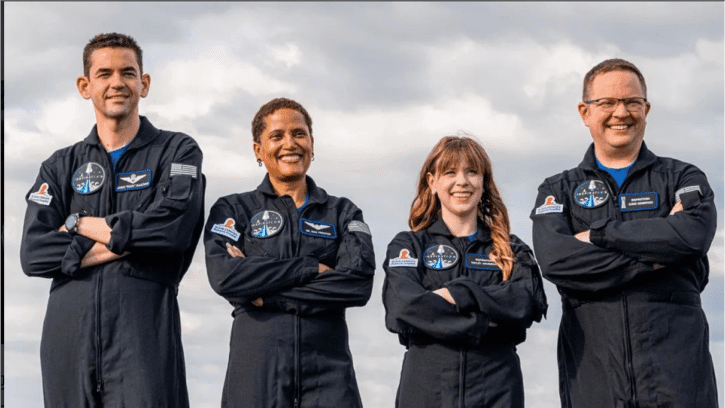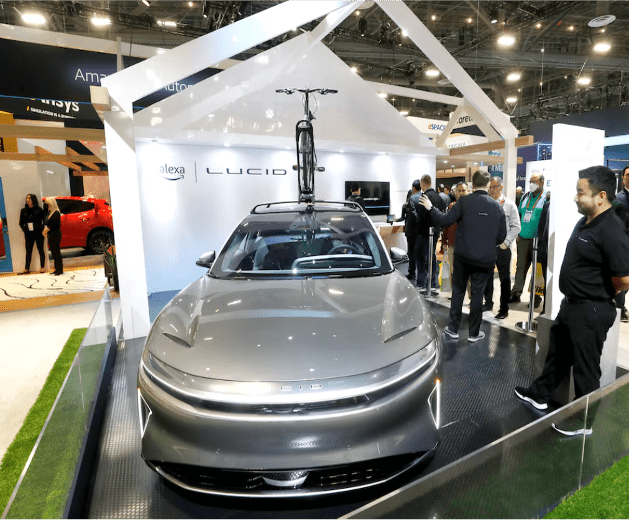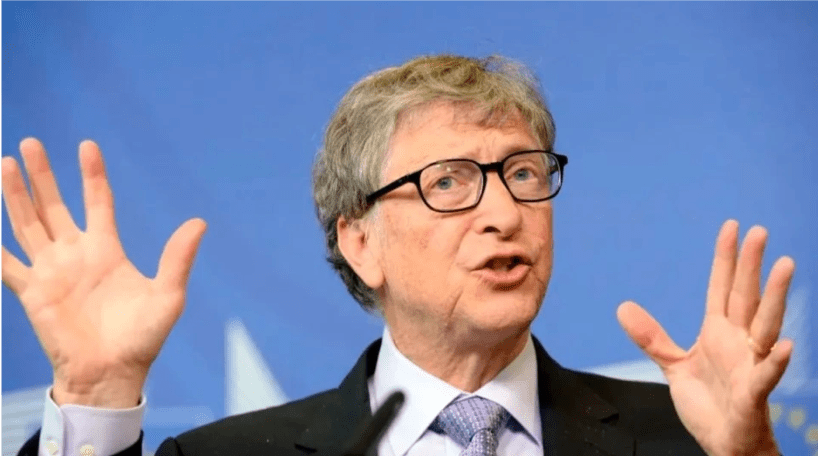
Hollywood's strongest supporting actor has been launched, AI is not far from subverting "Dreamworks"?
As a major city in the United States and even the global film industry, Hollywood has gathered a large number of veteran film and television production companies, including Universal Pictures, Warner Bros., Paramount Pictures, Disney Pictures, MGM Pictures, etc. In addition, new streaming forces such as Netflix have also entered in recent years. When the new generation of technology represented by generative AI sweeps the world, the movie "dream factory" is also experiencing a transformative moment. In early May last year, the US film and television industry launched a series of strikes that lasted for five months. Two labor disputes, led by the Writers Guild and the Screen Actors Guild, have caused the worst industry disruption since the 2020 pandemic, forcing many film projects and TV shows to halt or delay production. The strike has been costly, with Kevin Klowden, chief global strategist at the Milken Institute think tank, estimating it has cost the U.S. economy more than $5 billion, affecting not only film and television production companies, but also surrounding service industries such as catering, trucking and dry cleaning. One of the main conflicts between labor and management is that many actors and screenwriters have expressed concerns about "unemployment" due to the "invasion" of artificial intelligence. Luo Chenya has been working in the film and television industry for more than 10 years, including scriptwriter, documentary photographer and assistant director. She told the first financial reporter that after ChatGPT became popular, she also tried to use chatbots to assist script creation. "I can talk to the AI about my ideas and ideas, and it will help analyze and refine my ideas, and even make some suggestions that I think are quite effective." But on the execution level, the idea of writing it down into a very specific scene, character action, it doesn't really help me." Luo Chenya said that AI still needs more training and evolution in script writing, but the ability to present images is amazing. "AI can directly generate images, which can indeed save labor to a great extent, and may even replace photographers in the future." In post-production, AI can beautify images and modify flaws." A place to be fought over Earlier this year, OpenAI released the Vincennes video model Sora on its website, which can create videos up to a minute long, generating complex scenes with multiple characters, specific types of movement, and precise theme and background details. In addition to being able to generate video from text, the model can also generate video from still images, precisely animating the image content. "Vincennes Video can quickly produce high-quality video content, greatly improving production efficiency, and generative AI helps to improve the analysis of user preferences and personalized recommendations, and enhance the attractiveness of content." These technologies will disrupt traditional video production and content distribution models, and media companies need to adapt and change their operating models." Wang Haoyu, CEO of Mairui Asset Management, said in an interview with the first financial reporter. For this reason, Hollywood giants have long made big bets and stepped up their layout.

Israeli strike kills a senior Hezbollah commander in south Lebanon
BEIRUT/JERUSALEM July 3 (Reuters) - An Israeli strike killed one of Hezbollah's top commanders in south Lebanon on Wednesday, prompting retaliatory rocket fire by the Iran-backed group into Israel as their dangerously poised conflict rumbled on. The Israeli military said it had struck and eliminated Hezbollah's Mohammed Nasser, calling him commander of a unit responsible for firing from southwestern Lebanon at Israel. Nasser, killed by an airstrike near the city of Tyre in southern Lebanon, was the one of the most senior Hezbollah commanders to die yet in the conflict, two security sources in Lebanon said. Sparked by the Gaza war, the hostilities have raised concerns about a wider and ruinous conflict between the heavily armed adversaries, prompting U.S. diplomatic efforts aimed at deescalation. Israeli Defence Minister Yoav Gallant said Israeli forces were hitting Hezbollah "very hard every day" and will be ready to take any action necessary against the group, though the preference is to reach a negotiated arrangement. Hezbollah began firing at Israeli targets at the border after its Palestinian ally Hamas launched the Oct. 7 attack on Israel, declaring support for the Palestinians and saying it would cease fire when Israel stops its Gaza offensive. Hezbollah announced at least two attacks in response to what it called "the assassination", saying it launched 100 Katyusha rockets at an Israeli military base and its Iranian-made Falaq missiles at another base in the town of Kiryat Shmona near the Israeli-Lebanese border. Israel's Channel 12 broadcaster reported that dozens of rockets were fired into northern Israel from Lebanon. There were no reports of casualties. The Israeli Defence Ministry said that air raid sirens sounded in several parts of northern Israel. Israel's military did not give a number of rockets launched but said most of them fell in open areas, some were intercepted, while a number of launches fell in the area of Kiryat Shmona.

Argentina's government reform bill officially takes effect: granting the president special powers in areas such as administration
On the 8th, the Argentine government promulgated the "Foundations and Starting Points for Argentine Freedom" comprehensive bill and a package of fiscal measures, marking the official entry into force of the government reform bill. According to the official gazette of the Argentine government, Argentine President Milley, Chief Cabinet Minister Guillermo Francos and Economy Minister Luis Caputo jointly signed Decrees No. 592 and No. 593 to promulgate these two new reform measures. The comprehensive bill declared Argentina to enter a one-year public emergency in the administrative, economic, financial and energy fields, and granted the president special powers in these fields. It also includes the relaxation of economic regulations, labor reforms and the implementation of a large-scale investment incentive system. The package of fiscal measures involves anti-money laundering, tax deferral, tariffs, re-imposition of high-salary income tax and reduction of personal property taxes. On June 28, after six months of negotiations, the two reform bills were finally passed by the Argentine Congress.

SpaceX astronaut returns with an incredible change in his body
A provocative new study reveals the complex effects of the space environment on human health, providing insight into potential damage to blood, cell structure and the immune system. The study focused on SpaceX's Inspiration4 mission, which successfully sent two men and two women into space in 2021 to orbit the Earth for three days and shed some light on the effects of space travel on the human body. The research data, derived directly from the Inspiration4 mission, shows that even a brief trip to space can significantly damage the human immune system, trigger an inflammatory response, and profoundly affect cell structure. In particular, space travel triggered unprecedented changes in cytokines that play a key role in immune response and muscle regulation but are not usually directly associated with inflammation. In particular, the study found a significant increase in muscle factors, which are physiological responses specific to skeletal muscle cells in microgravity, rather than a simple immune response. Although non-muscular tissues did not show changes in proteins associated with inflammation, specific leg muscles such as soleus and tibialis anterior muscles showed significant signs of metabolic activity, especially increased interleukin in the latter, further enhancing the activation of immune cells.

EV maker Lucid to recall over 5,200 Air luxury sedans for software error, US regulator says
July 9 (Reuters) - Lucid Group (LCID.O), opens new tab will recall about 5,251 of its 2022-2023 Air luxury sedans due to a software error that could cause a loss of power, according to a notice from the U.S. National Highway Traffic Safety Administration published on Tuesday. The regulator added the EV maker will also recall about 7,506 of its 2022-2024 Air luxury sedans due to an issue with a coolant heater that could fail to defrost the windshield. Lucid had released an over-the-air software update in June as a fix for the software error and a separate update to identify a high voltage coolant heater failure and provide a warning to the drivers of the affected vehicles. The company had reported second-quarter deliveries above market expectations on Monday, as price cuts helped boost demand for its luxury electric sedans.





